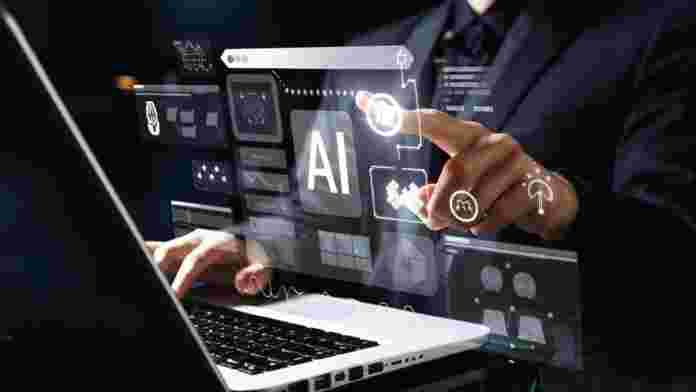Artificial intelligence is rapidly reshaping how companies determine compensation, but its promise of fairness has yet to deliver meaningful change for women. While AI in Pay offers powerful tools for analysis and decision-making, its current application often mirrors the same biases it was expected to eliminate. The result? Men continue to see the biggest benefits—while women remain undervalued.
Understanding AI in Pay Systems
AI in Pay refers to the use of algorithms and data models to guide compensation decisions. These systems can analyze large volumes of data to suggest salaries, bonuses, and raises based on job role, experience, performance, and market trends. In theory, this should reduce human error and discrimination.
The Intended Benefits of AI for Pay Equity
Companies implementing AI hope to promote consistent, data-backed pay decisions. By reviewing salaries across teams and demographics, AI tools can highlight inconsistencies, eliminate guesswork, and standardize compensation based on fair comparisons. The ultimate goal is to build a more transparent and equitable pay structure.
Why Women Aren’t Gaining from AI in Pay
Despite these ambitions, AI often fails to uplift women’s earnings. Many systems rely on past salary data that already includes decades of gender pay gaps. Instead of correcting that inequality, the AI learns from it—treating underpayment as a norm. As a result, women may be recommended lower salaries or overlooked for raises compared to male counterparts with similar qualifications.
How Bias Enters Automated Pay Systems
AI models are only as objective as the data they’re trained on. If that data reflects historical inequities, the outcomes will too. Without safeguards, an AI tool might conclude that women are worth less—not due to performance, but because previous systems paid them less. This hidden bias is difficult to detect without close auditing and intervention.
Key Obstacles Women Face in AI‑Driven Pay Models
One major issue is the lack of transparency in how these models function. Employees and even HR professionals may not fully understand how decisions are made. In addition, women are underrepresented in both tech leadership and data science roles, which means their perspectives are often missing during the development of these systems. This gap in representation contributes to the blind spots in AI design.
What Needs to Change for AI to Support All Employees
To create truly equitable AI in Pay systems, companies need to go beyond technology. They must actively correct historical data, monitor algorithm outcomes, and include diverse voices in development. Transparent systems that provide explanations for pay decisions can help hold employers accountable. Above all, organizations must treat fairness not as a feature of AI, but as a responsibility of leadership.
For More Info: https://hrtechcube.com/ai-in-hrtech-wage-gap/
Conclusion
AI in Pay has the potential to fix long-standing issues in compensation—but only if it’s built with fairness at its core. Right now, women are still waiting to see the benefits. For AI to fulfill its promise, organizations must confront the biases in their data, design inclusive systems, and lead with a commitment to equity. Only then can AI truly help close the wage gap.
Related News/ Articles Link:
https://hrtechcube.com/people-analytics-capabilities/
https://hrtechcube.com/change-management-strategies-for-hr/
https://hrtechcube.com/womens-equality-day/
https://hrtechcube.com/strategies-for-legal-compliance-2024/




